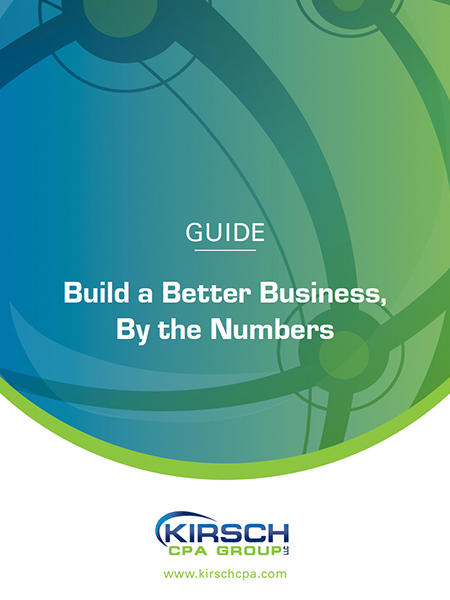Hiding Places for Unprofitability in Your Business
Nick Roell
Aug 17, 2022

The business landscape has so many unexpected events and impossible-to-predict circumstances that metrics describing an organization’s financial health can seem relatively straightforward by comparison. It’s money in and money out, for the most part.
However, cash flow is also subject to oversimplification that can leave problems – and opportunities – overlooked.
Revenue is one key performance indicator (KPI) of your business that may seem obvious and unequivocal. But overfocusing on revenues—and not enough on profitability and other financial indicators—has its perils. It’s a common source of blind spots for small and mid-size business owners.
Likewise, inflation concerns can make it easy to focus on expenses like labor and fuel at the expense of a more subtle analysis of costs.
Revenues and costs are obvious keys to the health of any business, but the KPIs that determine profitability vary by industry and even from one business to another. Service-based businesses book revenues that can be broadly calculated as a rate multiplied by a number of hours. Manufacturers book revenues that can be calculated as a price multiplied by a number of products. But when it comes to calculating the profitability of each type of business, there are no simple formulas – though an accounting partner can help you discover all the places where unprofitability hides and how to address them.
KPIs of Financial Health
That’s why every business needs to establish its own KPIs of financial health. The more you know about the factors impacting your profitability, the more targeted – and more effective– your efforts become.
Whether you are selling time or manufactured products, profitability – and unprofitability – can hide in unexamined places:
- Leased equipment that costs you more than purchasing the equipment
- Contract labor costs vs. the cost of adding staff
- The cost of new equipment purchases vs. the cost of maintaining aging equipment
- Employee retention and turnover costs
- Profits by department or by employee
- Inaccurately calculated gross margins
- Material costs that are outstripping revenue growth
- Unprofitable service lines hiding within increasing revenues
- Unsustainable hikes in freight shipping costs
- Manufacturing downtime
- Inefficient processes
- Revenue growth disproportionately driven by price increases
- Industry benchmarks and profitability ratios that reveal a gap between you and the market
In this fast-paced market, your gross margins can quickly erode in the form of collateral costs and inefficiencies. When you don’t have the insight into the factors that drive the profitability of your industry and your business, you’re poorly equipped to pull the levers that can impact it.
Small and mid-size businesses typically run the business without a controller or CFO; therefore, the financial analysis needed to assess the specific factors affecting profitability can feel out of reach.
Your Accounting Partner & Profitability Guide
The right accounting partner can provide you with the financial analysis you need to quickly identify and strategize around the KPIs that will drive your business forward.
A financially healthy balance sheet is about more than profits and losses; it’s a roadmap for setting and adjusting your path to profitability.
At Kirsch CPA Group, our clients have the advantage of comprehensive financial reporting and business advisory services that shine a light on opportunities – for cost-control, growth, efficiency, and profits.
Let your competitors stress over the price of fuel or a hike in the minimum wage. With Kirsch CPA Group as your partner, you can focus your efforts on things within your control.
More Resources

About The Author
Nick is passionate about making an impact on small and medium-sized businesses. Focusing on increasing the performance of…
Sign Up for Email Updates
Tags
Accounting & Financial News

3 Critical Questions to Ask When Acquiring Construction Equipment
Acquiring equipment is a major strategic decision for small to midsize construction businesses. It affects everything from…

Traveling for Business with Your Spouse
If you're a business owner, you may have upcoming business trips on your agenda. The idea of…



